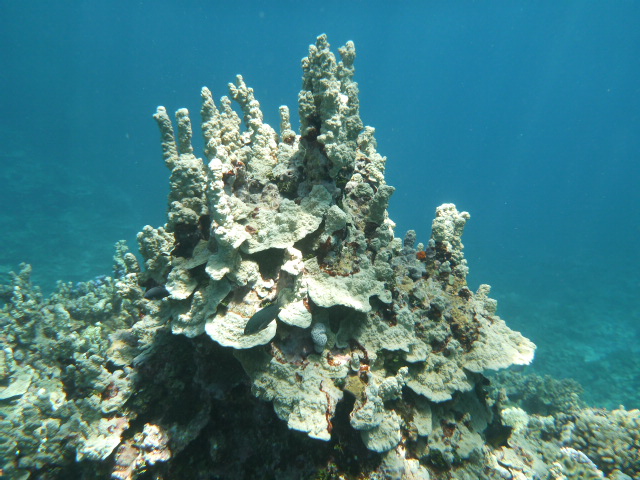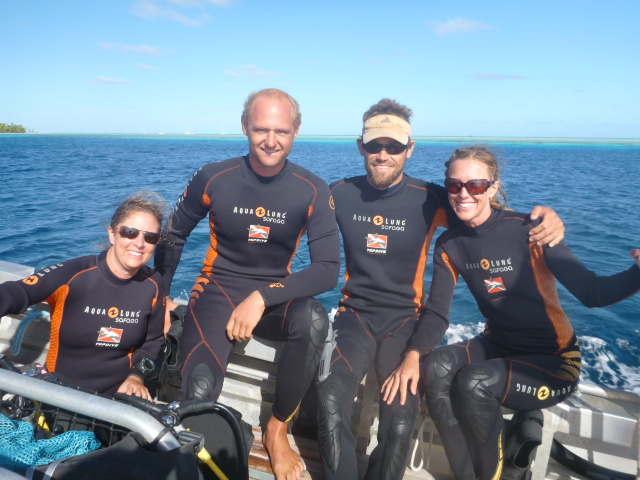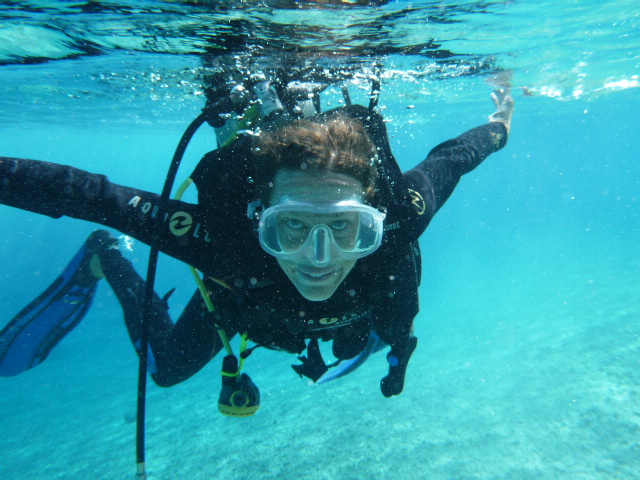Our Desert Ocean – South Pacific Fish Part One
Part One in a series on the state of the South Pacific fisheries.
—
The first time I got in the water in Vava’u, Tonga, I sighed in disappointment. No blacktip sharks came up instantly to check me out. I didn’t see any giant snapper, or manta rays, or flocks of parrotfish. All I saw were some urchins, dead coral, sea cucumbers and a few random wrasses. Boring.
“Do you think we’re going to be jaded about snorkeling and diving for the next 20 years of our life?” I asked Rob, as I heaved myself up on the wharf I’d just jumped off.
He laughed. “Yeah, it’ll probably be tough for a while, if we’re comparing everything to the Tuamotus and Beveridge Reef.”
This past year, we’ve been lucky enough to swim in spectacular places, with a whole host of crazy-cool underwater critters. Guess why those places were so spectacular? Because nobody lives there. Take Beveridge Reef, for example, the spot we stayed with the most diversity and the biggest fish. It was also the most remote place we sailed to, a submerged atoll in the center of the deep blue, 150 nautical miles from the nearest land.
And that sums up the main take-away from our hundreds of hours spent underwater in the Pacific — the farther you get from humans, the healthier the underwater ecosystem. Whenever we get in the water near civilization, it’s depressing. Fish are sparse and small, coral is damaged, visibility is impaired, algae increases.
It’s not just the near-shore habitat, either. We’ve seen barren reefs that are quite far from any town. We even had a week-long stretch sailing in the middle of the ocean with no sign of anything but flying fish. Some days, it feels like a desert out here in the Pacific.
So, where did all the fish go? Why are many reefs deserted? Hungry humans are certainly part of the answer. But I find it hard to blame hungry locals who have been fishing a certain reef for thousands of years. If you were hungry, didn’t have much money, and had a free source of good protein on your doorstep, wouldn’t you slurp up all those yummy fish, too?
But multiply those hungry humans by billions. And add in the fact that many of those fish-dinner-loving humans live 10,000 miles from that particular reef. Suddenly, the desert ocean makes a bit more sense. Rob and I have seen first-hand many of the pressures facing the ocean and fisheries this past year: international trawlers that sweep up all living things in their path; gill nets the size of football fields strung out daily along the same reef; $900-per-day charter fishing trips whose participants bring in 500-pound wahoo or marlin just to mount the head on a wall.
The memory of those trawlers and nets and trophy fish flashed through my mind the first day I snorkeled in Tonga amidst the scanty underwater life. It left me feeling sad about the state of the sea, and helpless for how to heal it. It left me wondering what will happen to our desert oceans, and the the billions of humans who depend upon them.
TO BE CONTINUED…











